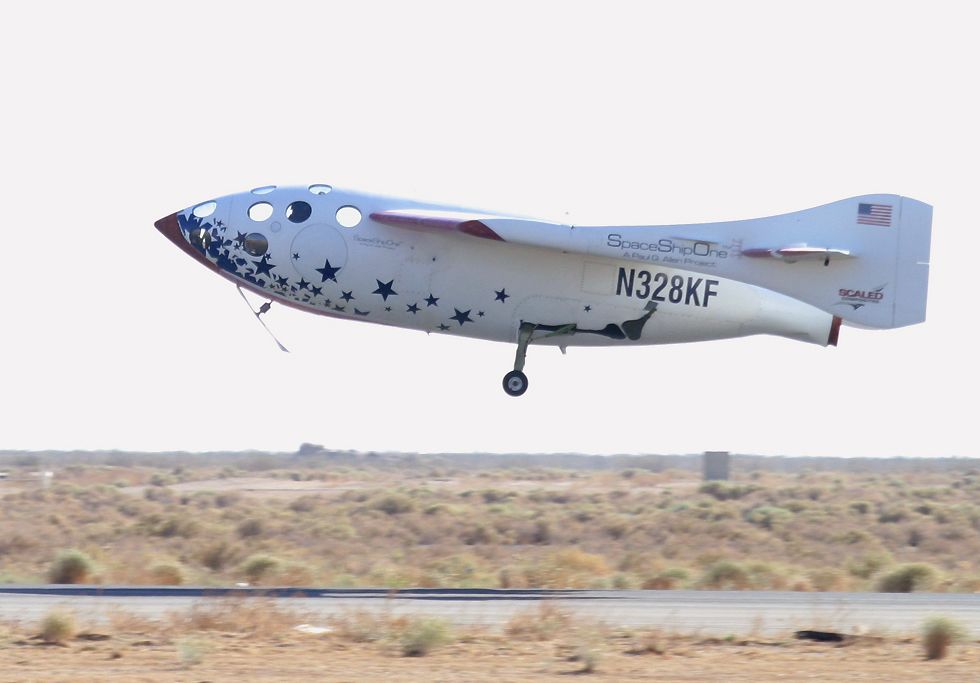You don’t think about when to take a breath or beat your heart. These automatic actions are instinctive and a necessity of life. Less instinctive but no less essential are eating and drinking. Yet, where hearts and lungs work as regularly as clockwork, eating and drinking are completely satisfied by our own volition.
A set of 3s give the minimums for life. Three minutes without air, three days without water or 3 weeks without food and most people will die. At the opposite end, too much can be just as deadly. Too much oxygen, water or food can kill us. Interestingly enough, though we crave air when nearing the minimum, we don’t crave less air when we are at the maximum. The same is true for water and food. Our instincts guide us to stay above a minimum level, there is no corollary for too much.
We have another instinct to better our lives. Seeking improvement, we work harder, use more and obtain lots. A minimum of these is like an unfortunate accident victim who’s gone brain dead lying in the hospital. Again though, there is no maximum. Most people continually try to improve their life without limit.
With this true, then globally, we have an increasing number of people who want to improve their lives by working harder, using more and obtaining even more. Yet, we’re living on a finite Earth. Obviously an infinite number of people can’t continually maximize their existence, There’s not enough energy nor other base resources.
Hence, any plan for the future must give our instinct a focus. This can’t be simply seeking improvement as there is no general consensus on what represents a state of improvement. Our natural instinct needs to be aligned into a global effort. Thus, when we seek improvement by working harder, using more and obtaining lots, we are doing so with a direction with which all concur.
The logical conclusion is that a goal or direction is an essential element for planning for the future. With it, we can use our instinctive nature to excel and in result achieve something. Is there a goal that is sufficient for such an accomplished species? That is our challenge.

| See the BOOK | SUBSCRIBE |



